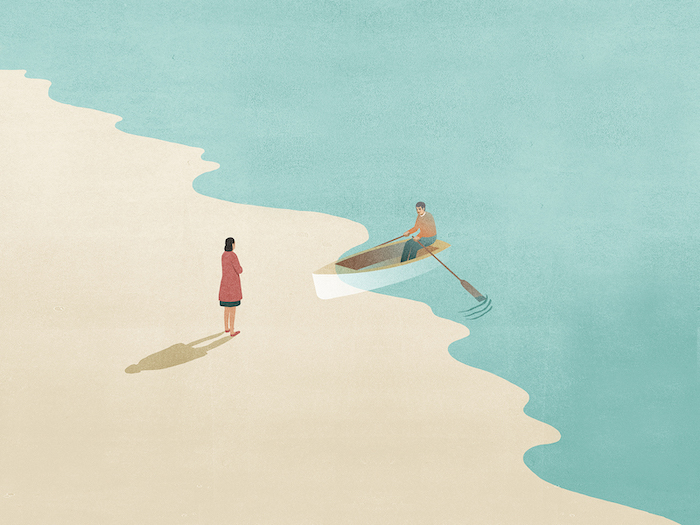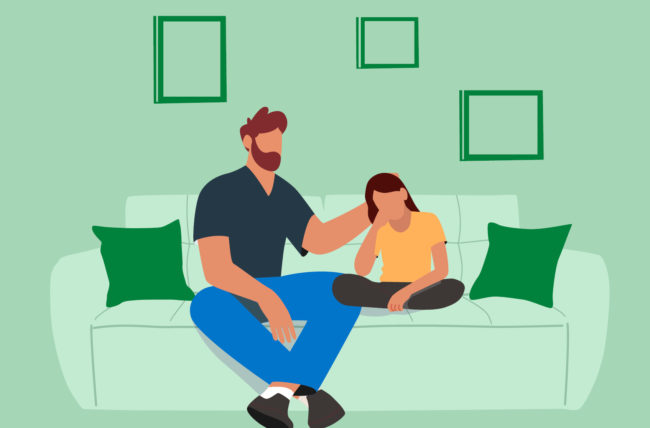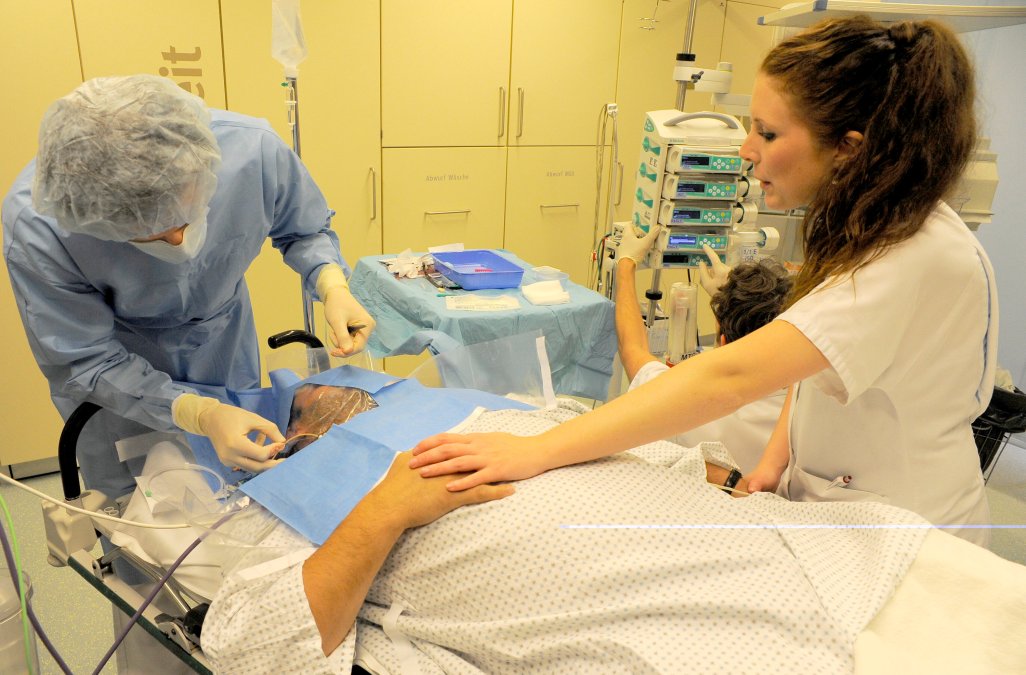Turning the dead into soil in Washington State.

Micah Truman, founder of Return Home, uses the word beautiful many times during our conversation about his company’s unique burial process.
Terramation—what Return Home calls human composting—a two-month-long process that turns deceased bodies into soil, is new to the world. So new, in fact, that the service is offered in only a few places on the entire planet, and Washington State happens to be one.
Washington became the first place in the world to legalize human composting, thanks to a small, dedicated group of funeral directors led by Katrina Spade, a founder of the nonprofit Urban Death Project. As an undergrad at the University of Massachusetts Amherst, Spade had received the prestigious Echoing Green Fellowship and worked with scientists and biologists to develop a process that turns human remains into soil. In 2018, Spade pushed for human-composting legislation in Washington, later signed by Governor Jay Inslee in 2019. After it became law, she opened the world’s first human-composting center, Recompose, located in Seattle.
This content is imported from YouTube. You may be able to find the same content in another format, or you may be able to find more information, at their web site.
Currently, there are only three states that provide this service: Washington, Colorado, and Oregon. Other states, including California, are working on similar legislation. In 2021, California Democratic assembly member Cristina Garcia, from Bell Gardens, introduced Assembly Bill 501, which would legalize “natural organic reduction.” It successfully passed out of the California State Assembly, the Senate Health Committee, and the Senate Business and Professions Committee, but it is currently tabled.
Return Home is located in Auburn, a suburb 20 miles south of Seattle. Speaking with me on a sunny spring morning, Truman recalls the story of a California family who recently used Return Home’s service.
The woman’s son had died suddenly, and she’d decided that because he hadn’t liked to fly when he was alive, she would transport him in a car herself. She drove from Northern California to Washington, her son’s body cooled and packed according to Return Home’s instructions. Once she arrived, Truman recalls, “She was able to sit with him and talk with him. We were able to place him in his vessel with his mom there.”
“It was one of the most beautiful things I’ve ever seen,” Truman says.
An entrepreneur and investor, Truman saw the Washington legislation as not just a business opportunity but an environmental one. The funeral industry isn’t particularly innovative: most people opt for either burial or cremation, and neither of those are good for the planet, he explains.
“Cremation has long been considered the environmental alternative. It’s the one that people use. It’s what I would have used, or my family, because we consider it the least environmentally impactful,” he says.
But, he points out, “Cremation uses about 30 gallons of fuel, spews about 540 pounds of CO2 into the air per cremation.”
The burial service Truman offers is different from a green burial, which, at its simplest, involves placing an unembalmed body directly into the ground without a box. Though green burial is also more natural than cremation, it presents the same problem that traditional cemeteries often face: limited space.
The idea of human composting might seem weird at first. Some “conservative religious groups” have reservations, says Truman, but he points out that the Catholic church was also once averse to cremation and is now on board. And if you think of human composting as slow burial, it’s less odd. Return Home uses a custom-made, heavily insulated plastic polycarbonate vessel; the body is placed inside with alfalfa, straw, and sawdust. After 30 days, the body disintegrates, leaving only bones, which are crushed and returned to the vessel to sit for another month. At the end of the cycle, 500 pounds of dense, nutrient-rich soil are created and can be used anywhere.
“We have to tell our families that it is extremely nutritionally dense,” Truman says. “So a lot of people would think, ‘OK, I will take a large pile of this and plant a tree in it,’ but there’s an enormous amount of nitrogen. It’s incredible. It’s the stuff of life.”
Joanna Ebenstein is the founder and creative director of Morbid Anatomy, an organization based out of New York City that has classes and lectures that encourage thinking differently about death and using creativity to explore the end of life. (Sample class: Make Your Own Memento Mori.) “We’re really about bringing death to the forefront,” says Ebenstein. A Bay Area native, she says that many people in the death-positive community are younger women and are more open to embracing natural burials, like human composting.
“A lot of them are focusing on trying to change attitudes about death so that we can live, so we can have better deaths. And that includes dying with more dignity, being able to choose when you die. And that also includes what you want done with your body and help people get to spend time with your body after you die,” Ebenstein says. “I certainly have seen many, many more people interested in this in the last 10 years than I ever have before.”
Though Return Home’s is the largest facility in the state—11,000 square feet, housing 70 vessels at a time, at full capacity—Truman is composting only 900 bodies a year.
With so few places offering the service in the country, Truman says 20 percent of his customers are from out of state: “Colorado, California, Missouri, Oregon. So we’ve had people come from all over there, and a number of them from California.”
Truman is still moved by the memory of the California family who came to Return Home.
At the end of the two-month process, the woman’s other sons made the drive up to gather the enriched soil made from their brother’s remains and brought him back to California.
“It was one of the most remarkable experiences I’ve ever had in my life,” Truman says.
You might even say it was beautiful.•
Complete Article ↪HERE↩!








